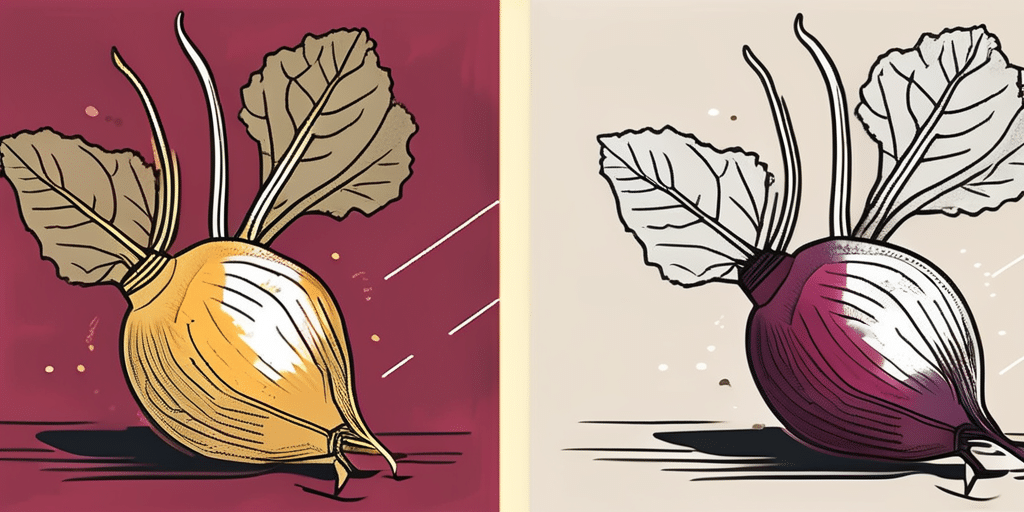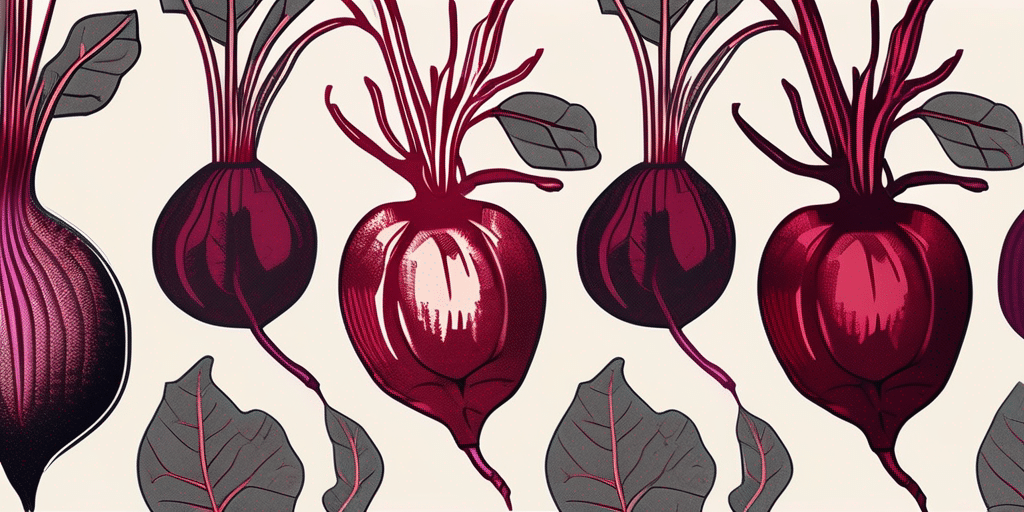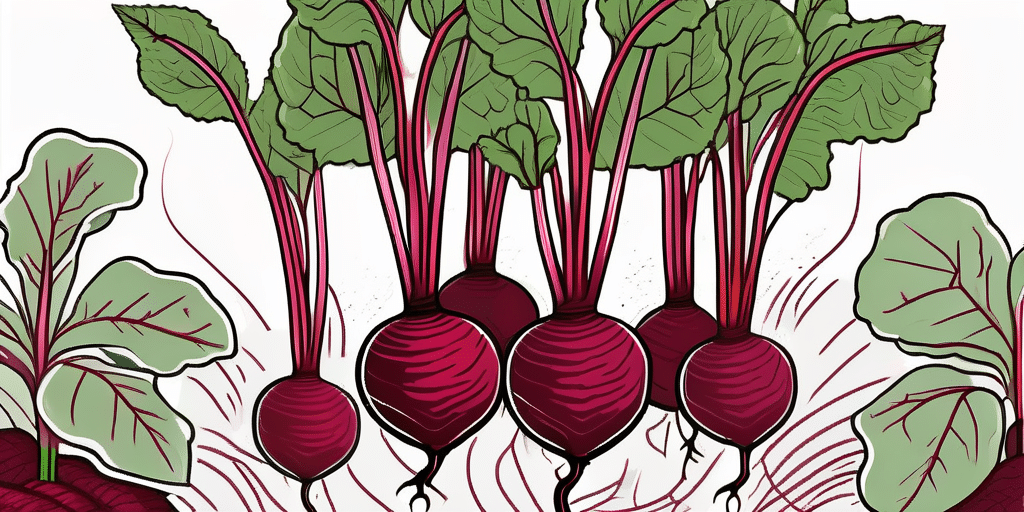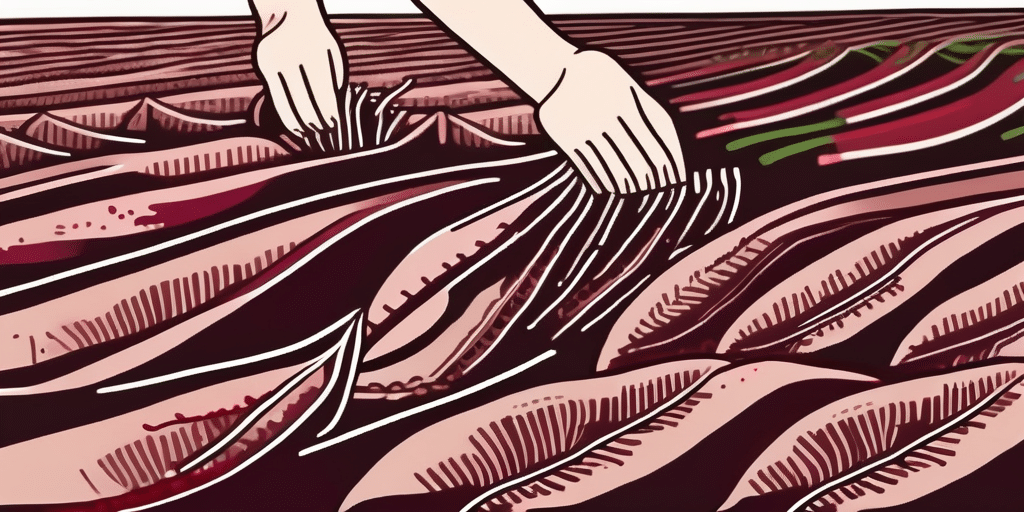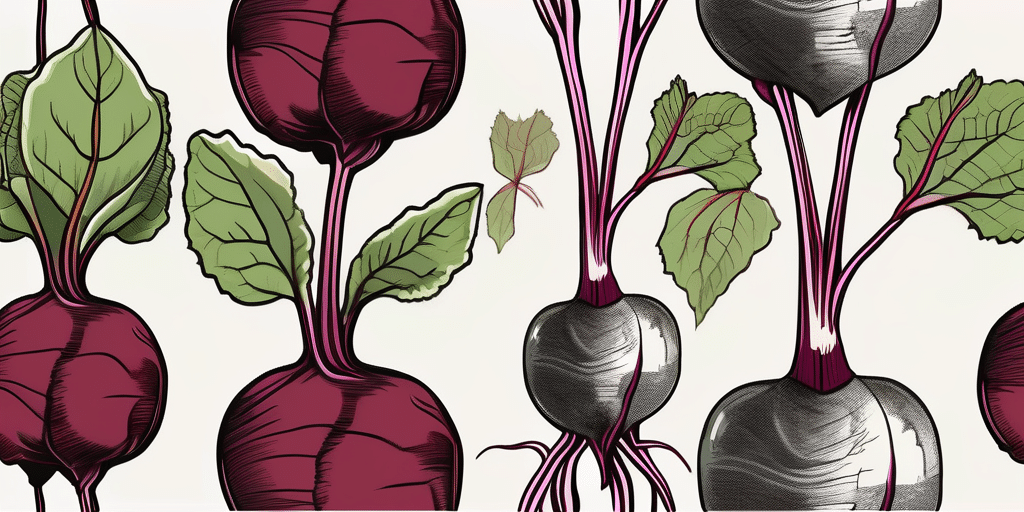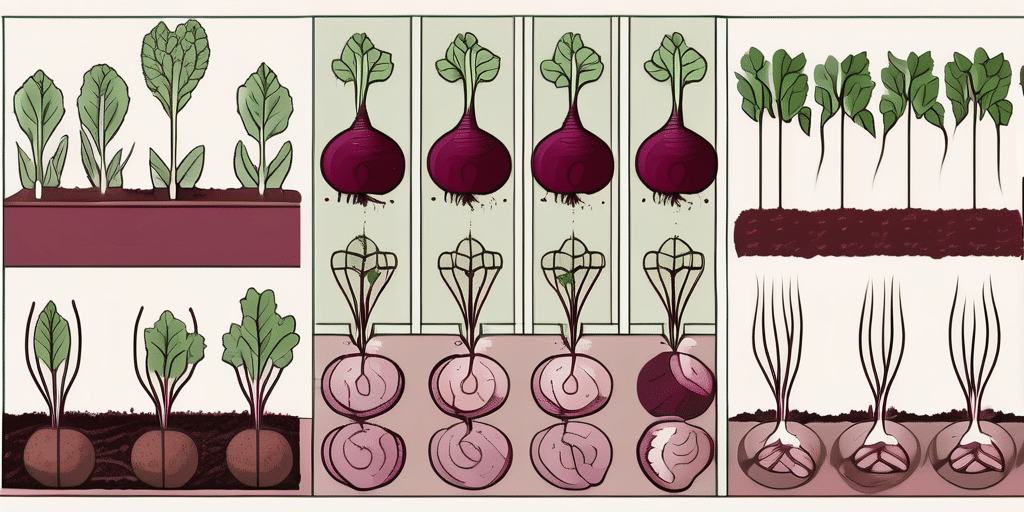Are you looking to add a pop of color and flavor to your garden? Look no further than Ruby Queen Beets in Virginia! These vibrant and tasty vegetables are a wonderful addition to any garden. In this article, we’ll explore when to plant Ruby Queen Beets in Virginia, how to grow them, and answer some frequently asked questions. So, let’s get our hands dirty and dig into the world of Ruby Queen Beets!
Climate & Hardiness Zones in Virginia
Before we dive into planting Ruby Queen Beets, it’s essential to understand the climate and hardiness zones in Virginia. The state of Virginia falls primarily within USDA Hardiness Zones 5-7, which means that it experiences moderate to cold winters and hot, humid summers. This information will help you determine the right time to plant and harvest your beets.
Virginia’s climate is greatly influenced by its proximity to the Atlantic Ocean and the Appalachian Mountains. The coastal areas tend to have milder winters due to the ocean’s moderating effect, while the mountainous regions experience cooler temperatures and sometimes heavy snowfall during the winter months. This diverse topography within the state contributes to a wide range of microclimates, making it important for gardeners to pay attention to local conditions when planning their planting schedules.
In addition to its varied climate, Virginia is known for its rich agricultural history. The state has a long tradition of farming, with crops like tobacco, peanuts, and apples playing significant roles in its economy. Understanding the climate and hardiness zones in Virginia not only helps gardeners cultivate successful crops like Ruby Queen Beets but also honors the state’s agricultural heritage.
When to Plant Ruby Queen Beets in Virginia
Now that we know the climate and hardiness zones, let’s talk about the optimal time to plant Ruby Queen Beets in Virginia. These beets are a cool-season crop, which means they thrive in cooler temperatures. To get the best results, it’s recommended to plant Ruby Queen Beets in spring, as soon as the soil can be worked and the danger of frost has passed.
For Virginia, this typically falls between late March and early April. The soil temperature should be around 50°F (10°C). It’s worth noting that beets can tolerate a light frost, so planting a bit earlier is also possible if you’re feeling eager. Just make sure to protect your young seedlings if frost is in the forecast.
When preparing the soil for planting Ruby Queen Beets, it’s essential to ensure it is well-draining and loose to allow the roots to grow easily. Adding organic matter like compost or aged manure can help improve the soil structure and provide essential nutrients for the beets to thrive. Additionally, a soil pH level between 6.0 and 7.0 is ideal for optimal beet growth and development.
Once your Ruby Queen Beets are planted, it’s crucial to provide them with consistent moisture throughout their growth cycle. Beets are shallow-rooted plants and can suffer from stress if they experience dry conditions. Mulching around the plants can help retain soil moisture and regulate soil temperature. Regularly checking the soil moisture levels and watering when needed will ensure healthy beet growth and flavorful roots.
How to Grow Ruby Queen Beets
Now that we’ve determined the best time to plant Ruby Queen Beets, let’s dive into how to grow these beauties in Virginia. Here is a step-by-step guide:
- Prepare the soil: Before planting Ruby Queen Beets, ensure that the soil is well-drained, loose, and fertile. Add organic matter such as compost to improve soil structure and fertility.
- Sow the seeds: Sow the seeds directly into the prepared soil, spacing them about 1-2 inches apart and 1/2 inch deep. If you’re planting in rows, space the rows 12-18 inches apart to allow enough room for growth.
- Keep the soil moist: Beets love consistent moisture, so make sure to water them regularly, aiming for about 1 inch of water per week. Avoid overwatering, as it can lead to rotting.
- Thin the seedlings: Once the seedlings have emerged, thin them to about 3-4 inches apart. This will give each beet enough space to grow and develop properly.
- Monitor pests and diseases: Keep an eye out for common pests such as aphids and flea beetles. You can use organic pest control methods or consult local agricultural authorities for specific recommendations.
- Harvest the beets: Ruby Queen Beets are ready for harvest around 55-70 days after planting, depending on the desired size. Gently pull or dig them out of the ground, taking care not to damage the roots.
Now, let’s delve into some additional tips and tricks to help you achieve the best results when growing Ruby Queen Beets in Virginia.
First and foremost, it’s important to note that Ruby Queen Beets thrive in cool weather. In Virginia, the ideal time to plant them is in early spring or late summer, when the temperatures are mild. This will ensure optimal growth and flavor.
When preparing the soil, it’s beneficial to conduct a soil test to determine its pH level. Ruby Queen Beets prefer a slightly acidic soil with a pH range of 6.0 to 6.8. If the pH is too high, you can lower it by adding elemental sulfur or acidic organic matter like peat moss.
In addition to regular watering, it’s crucial to mulch around the beet plants. Mulching helps retain moisture in the soil, prevents weed growth, and regulates soil temperature. Organic mulch, such as straw or shredded leaves, works best for beets.
Furthermore, to promote healthy growth and prevent nutrient deficiencies, consider applying a balanced fertilizer when the beets are about 3-4 inches tall. Look for a fertilizer with equal amounts of nitrogen, phosphorus, and potassium, and follow the manufacturer’s instructions for application rates.
Lastly, don’t be afraid to get creative with your beet harvest! Ruby Queen Beets are not only delicious but also visually stunning. Their vibrant red color adds a pop of excitement to salads, roasted vegetable dishes, and even homemade beet chips. Explore different recipes and cooking methods to fully enjoy the bounty of your beet harvest.
When to Harvest or Pick Ruby Queen Beets in Virginia
Timing is crucial when it comes to harvesting Ruby Queen Beets. To ensure the best flavor and texture, harvest them when they reach the desired size.
If you prefer smaller beets, you can start harvesting them around 55 days after planting. For larger beets, wait until they reach around 70 days after planting. Keep in mind that leaving beets in the ground for too long may result in a woody texture.
To check if a beet is ready for harvest, gently brush away the soil around the crown, the part where the leaves connect to the root. If the beet is the desired size and has a firm texture, it’s time to pick it!
Frequently Asked Questions
As with any gardening endeavor, questions may arise. Let’s address some frequently asked questions about growing Ruby Queen Beets:
- Q: Can I grow Ruby Queen Beets in containers?
- A: Absolutely! Ruby Queen Beets can be successfully grown in containers as long as the containers are at least 12 inches deep to allow for root development.
- Q: Can I eat the beet greens?
- A: Yes! Beet greens are delicious and packed with nutrients. You can harvest the greens when they reach a desirable size and incorporate them into your salads or sauté them as a side dish.
- Q: How long do Ruby Queen Beets store?
- A: When stored properly, Ruby Queen Beets can last in the refrigerator for up to 2-3 weeks. Remove the greens before storing to prevent wilt.
Now that you’re armed with the knowledge of when to plant and how to grow Ruby Queen Beets in Virginia, it’s time to get started! Enjoy the process of nurturing these vibrant vegetables and savor the sweet rewards they will bring to your kitchen table.
Remember, gardening is a wonderful journey, filled with experimentation and learning. Don’t be afraid to get your hands dirty and try new things. Happy beet planting!
Join the How to Grow Everything Community
Ready to transform your green space into the Garden of Your Dreams? Subscribe for free to How to Grow Everything and gain access to personalized gardening advice tailored to your Virginia location, grow zone, and experience level. Whether you’re planting Ruby Queen Beets or exploring other gardening ventures, we’re here to support you every step of the way. No spam, just the best gardening tips, special offers, and deals delivered directly to your inbox. Join our family of garden enthusiasts and start growing with confidence today!

